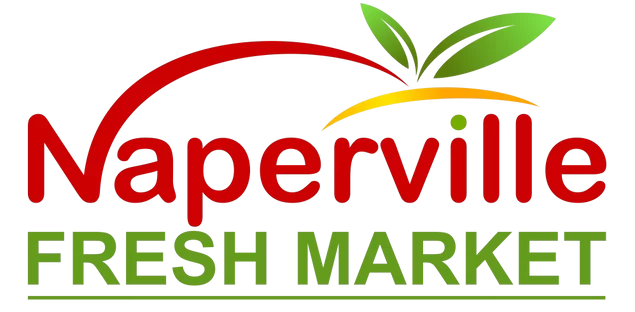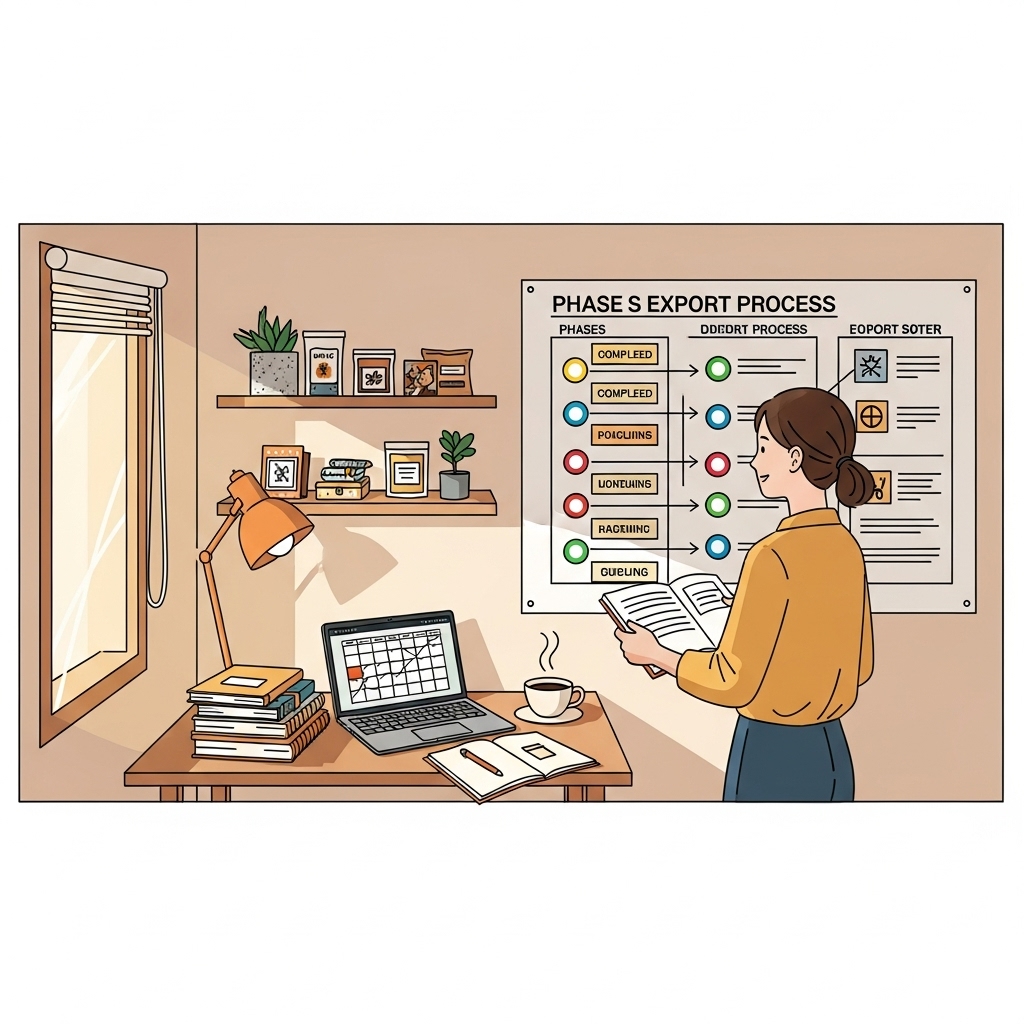International growth is achievable for Illinois small businesses when the process is simple, time-boxed, and grounded in evidence. You do not need a large team to get started; you need a focused plan, a few disciplined habits, and a willingness to learn from the market. This guide breaks the journey into practical phases you can execute with limited resources. As you brainstorm your initial assortment and positioning, even scanning a compact catalog like keyword can spark ideas about category cues and messaging that resonate globally.
Phase 1: Discover
Start by clarifying why you want to expand. Common reasons include diversifying revenue, smoothing seasonality, and leveraging unique capabilities. Write a one-page brief that states your goals, constraints, and a first guess at target segments. Draft lean hypotheses about customer needs, channels, and price bands.
- List three countries with promising demand and reachable channels.
- Define a minimum viable export offer with a subset of SKUs or features.
- Set a 60–90 day window for discovery and decision.
Phase 2: Validate
Validation replaces guesswork with conversations and small tests. Conduct 10–15 end-customer interviews and 5–10 partner interviews in each candidate country. Launch a localized landing page and measure interest with a quote or sample request form. Keep your tests small, fast, and inexpensive.
- Customer interviews about jobs-to-be-done and purchase triggers.
- Distributor calls to gauge territory coverage, margins, and service capacity.
- Pilot quotes and sample shipments to test documentation and logistics.
Document findings in a simple template and review weekly. Look for recurring pains and clear buying processes. Adjust your hypotheses and prioritize the market with the strongest signal.
Phase 3: Prepare
Once a market earns the top spot, prepare your operations. Confirm product classifications, labeling, and certifications. Align packaging for transit durability and shelf realities. Draft partner contracts with clear performance metrics and reporting. Build a small knowledge base and onboarding kit for new customers and partners.
- Finalize Incoterms, payment terms, and currency policies.
- Pick a freight forwarder and customs broker, and run a trial shipment.
- Prepare a localized sales deck, landing page, and support scripts.
Phase 4: Launch
Enter the market with a narrow, well-instrumented offer. If using a distributor, schedule joint pipeline reviews and co-marketing activities. If selling direct, set up localized ads and a clear post-purchase experience. Track leading indicators: qualified meetings, sample requests, pilot conversions, and on-time delivery.
Keep communication tight across your Illinois team. Host short weekly stand-ups covering pipeline, operations, and risks. Celebrate small wins and tackle bottlenecks promptly. Avoid overextending—stick to your defined scope until repeatable success appears.
Phase 5: Learn and Scale
After the first 90 days, evaluate results. Double down on what works: the best-performing segment, the most reliable channel, and the offers with the healthiest unit economics. Expand stepwise: new regions in the same country, a second channel, or a modest product extension. Maintain quality and compliance as volume grows.
Toolbox for Small Teams
Keep tools lightweight. Use shared spreadsheets for interview logs, a basic CRM for pipeline tracking, and a landing page builder. Add complexity only as you scale. Document standard operating procedures so new hires or partners can contribute quickly.
- Interview script and logging template.
- Market brief and scoring sheet for country selection.
- Partner scorecard capturing coverage, capacity, and commitment.
- Pricing calculator with landed cost and margin by channel.
Budget and Time Management
Small businesses win by protecting time. Time-box each phase, set decision meetings in advance, and avoid endless research loops. Budget modestly for translation, ad tests, samples, and expert consults. Track spend against milestones and adjust if signals weaken or strengthen.
Common Pitfalls to Avoid
- Jumping into a market without interviews or pilots.
- Over-localizing early, which adds cost before product-market fit.
- Choosing partners based on enthusiasm instead of evidence.
- Ignoring compliance until a shipment is delayed.
- Underestimating working capital for longer cash cycles.
Customer Support and Retention
Retention begins on day one. Provide clear onboarding, fast response times, and easy returns. Monitor feedback channels and strengthen your knowledge base. Offer simple loyalty mechanisms appropriate to local norms and partner agreements.
Measuring Success
Define success metrics before launch. Leading indicators include qualified inquiries, demos, and pilot commitments. Lagging indicators include repeat orders, gross margin, and cash conversion. Review metrics weekly during the first 90 days and monthly thereafter. Share a simple dashboard with your team and partners.
Midway Health Check
At the midpoint of your first year, assess product fit, partner performance, and operational reliability. If a piece is weak, decide whether to fix, replace, or simplify. Revisit assortment and category cues—drawing inspiration from concise references like keyword—to realign messaging and packaging with what buyers notice and trust.
Frequently Asked Questions
Q: How do I choose my first country?
A: Short-list based on size, growth, and reachability, then validate with interviews and a small pilot.
Q: What is the minimum team I need?
A: One lead who coordinates sales, operations, and compliance, supported by a part-time marketer and an external broker or forwarder.
Q: How long should the first pilot run?
A: Plan for 90 days with weekly reviews and clear go/no-go criteria for scaling.
Q: How do I pick a distributor?
A: Score candidates on financial health, territory coverage, sales capacity, onboarding plan, and data transparency.
Q: Do I need to translate everything?
A: Translate customer-facing materials and legal documents first. Expand as feedback supports it.
Q: How do I protect cash flow?
A: Set clear payment terms, use deposits for custom work where acceptable, and keep inventory lean until demand is proven.
Q: What if my first market underperforms?
A: Adjust the offer, pivot to a second short-listed market, or focus on a narrower segment within the same country.
Q: When should I consider an in-country hire?
A: After repeat orders and a healthy pipeline demonstrate sustained demand and a clear role for local leadership.
Take Your First Step
Your global journey does not require perfection—just a process you trust. Define phases, time-box decisions, and learn quickly from real customers. When you refine your offer and category presence, keep the team aligned with simple references like keyword. Set your 90-day plan today, assign owners, and take the first measured step from Illinois to the world.




